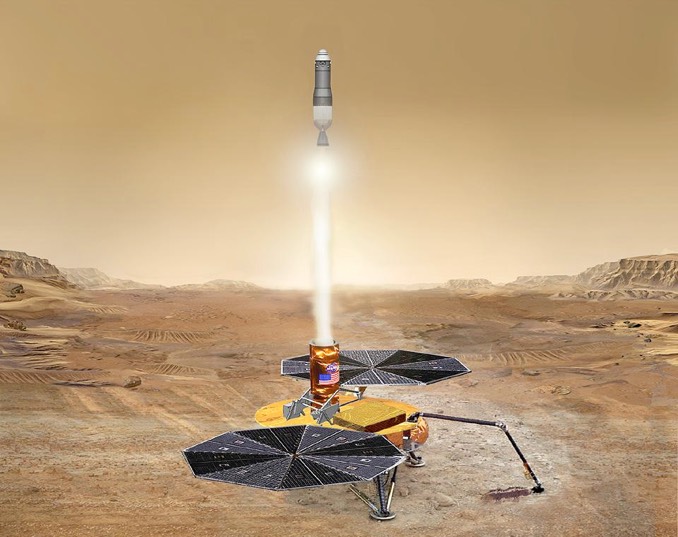
A review panel commissioned by NASA has recommended a near-term reassessment of planetary protection protocols that date back to the 1970s, updating those biological contamination guidelines to reflect current technology and mission architectures and extending them to include both government-sponsored spacecraft and those developed by the private-sector.
The goal is to minimise or eliminate “forward contamination,” that is, the introduction of terrestrial biology from Earth to other bodies in the solar system, as well as “backward contamination,” inadvertently bringing potentially harmful pathogens or biology from another body into Earth’s environment.
The issue is especially important as NASA, other space agencies and even private companies like SpaceX envision eventual human missions to the moon and Mars.
“Human missions to Mars inevitably introduce orders of magnitude more terrestrial microorganisms to Mars than robotic missions have done or will do,” the review concluded. “This is especially true when taking into account highly probable off-nominal events during human exploration (e.g., inadvertent venting or leaks, off-nominal landings).”
NASA’s current guidelines for robotic Mars sample return missions “appear to be unachievable for human missions returning from Mars,” the panel wrote. The review recommends that NASA “invest in developing more informed, backward contamination PP criteria, considering protection of Earth’s biosphere, the feasibility of mission implementation and the potential for in situ hazard characterisation on Mars.”
The complete set of findings and recommendations is available here.



